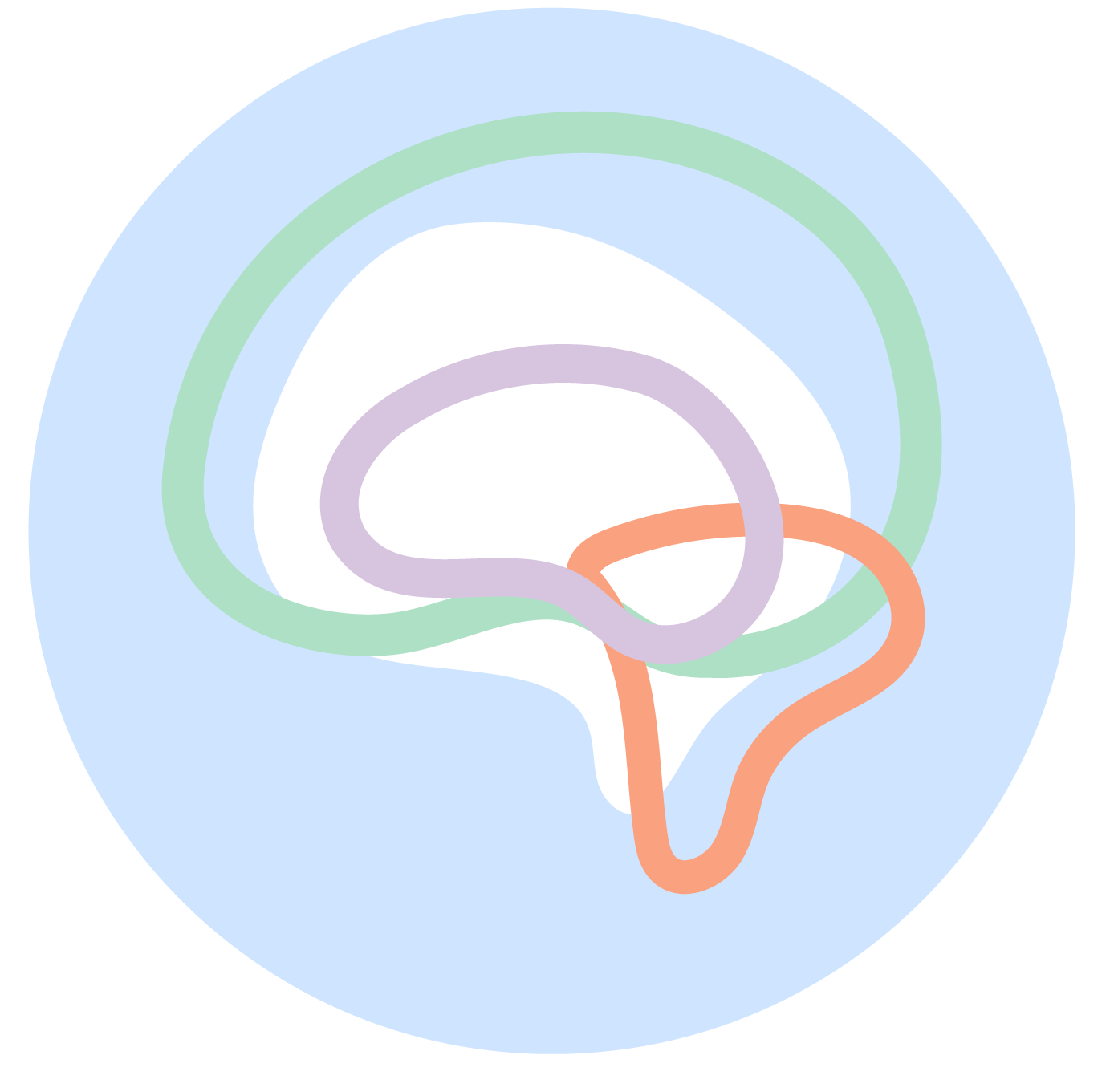Approaching a New Year with Intention
The beginning of the year brings with it new year’s resolutions, goal setting, and a sense of renewal. Especially for children, this can stir up anxious feelings or stress about meeting goals. Difficulty focusing, stress and/or anxiety, and unaddressed burnout can all play a role in making (and sticking to) new year’s goals a challenge.
For both children and adults, creating space to approach the new year with intention can help alleviate some of these challenges and forge a path that can be revisited year after year. Use this roadmap to help children (and yourself) set intentions that can serve as a foundation for sustainable and meaningful goals.
Reframe: Approach the new year as a rest stop (a chance to check in and refuel).
Reframing is the process of applying a new perspective to a situation or problem. With the new year, it’s easy to think of it as a starting line for starting anew. Instead, the American Psychological Association suggests viewing it as a time of reflection - focusing on behaviors from the year past and identifying opportunities to make positive changes.
Create space to discuss what the new year means to one another.
Encourage children (and yourself) to step away from pressures associated with the new year and focus on how this time can be used to check in and reset.
Reflect: Reflect on your journey from the year past. Think about what felt good, what could have felt better, and what you want to see more or less of.
For children, reflection helps to build critical life skills. From remembering and questioning to translating and consideration – reflection helps children strengthen skills needed for improved self-awareness and exploration. Creating space to look back on past experiences can inspire new goals, future dreams, and strengthen areas of interest and growth.
Encourage children to think of the past year. Turn into a drawing or writing exercise and spend time identifying:
What felt good (thinks we liked)?
What could have felt better (things we didn’t like or could have liked if things were different)?
What we want to see more of (things that sparked interest or joy)?
What we want to see less of (things that felt heavy or we’ve lost interest in)?
Match: Match your reflections to unmet needs. Check in with how you are feeling and how positive change can take place in the year ahead.
Setting intentions requires our reflections to match our needs. This requires an understanding of how the things we want can help nourish our mind (mental and social health) and body (physical health)… and it looks different for everyone!
Invite children to think about the items they identified during the reflection process. Encourage them to brainstorm at least one need that can be filled or supported. For example, a teen might identify feeling tired or having low energy as something that could have felt better. A need might be better sleep, more downtime, etc.
Map: Restructure your matches to form intentions. Think of the changes you can make that will help you to feel your best.
Intentions are an aim or purpose. Although they might sound similar to goals, they differ a little bit. Goals focus on things you can accomplish while intentions focus on how you want to feel. Intentions help us to align our thoughts and feelings with the things we want to achieve.
Encourage children to reflect on their lists and begin to identify how these things might make them feel. Invite them to look for themes (e.g., calm, supported, rested - may indicate goals that are more focused around rest).
Identify 3-5 intentions that can guide smaller goals throughout the year.
Plan: Use your intentions to guide small, sustainable goals that include achievable milestones throughout the year.
For some, rest and inner discovery may rise to the top. For others, moving on to the next milestone may be at the forefront. Whatever it looks like, use the intentions you set as a guide. What small, achievable goals can be chunked out over the year that when accomplished - help you to feel a little more in alignment with your intentions each time?
Invite children to write or draw their intention at the top of a piece of paper. Make branches to small goals that can help them continuously work towards each intention over time.

